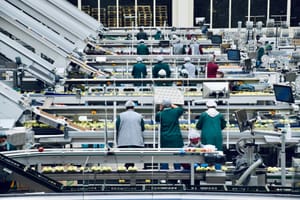Our SWOT analysis of the food industry reveals what internal and external factors impact the operation of the food industry, given its importance in our lives.
What is that one industry whose existence is essential for all human beings, and all humans are a part of that industry in one way or another? Before you stress too much, let me tell you it's the food industry.
If you look at it, all 7.8 billion people in the world are a part of the food industry. Some people are the producers, while others participate in the other processes that make food consumption possible. Meanwhile, all humans consume food. That's how the entire mankind is dependent on the food industry.
Since so many businesses and workers are attached to this industry, the current market value of the food industry is $8.66 trillion. Moreover, as the population grows, the food industry will grow further and reach almost $12 trillion in value by 2027.
Looking at the importance of the food industry in our lives and the economic activity attached to it, today we have decided to conduct a SWOT analysis of the food industry so that we get to know what internal and external factors impact the operation in the food industry.
To understand the food industry in detail, we can divide it into four categories. The food industry consists of producers, manufacturers, retailers, and consumers. The category of producers in the food industry represents farmers and the agricultural sector since that's where the food comes from.
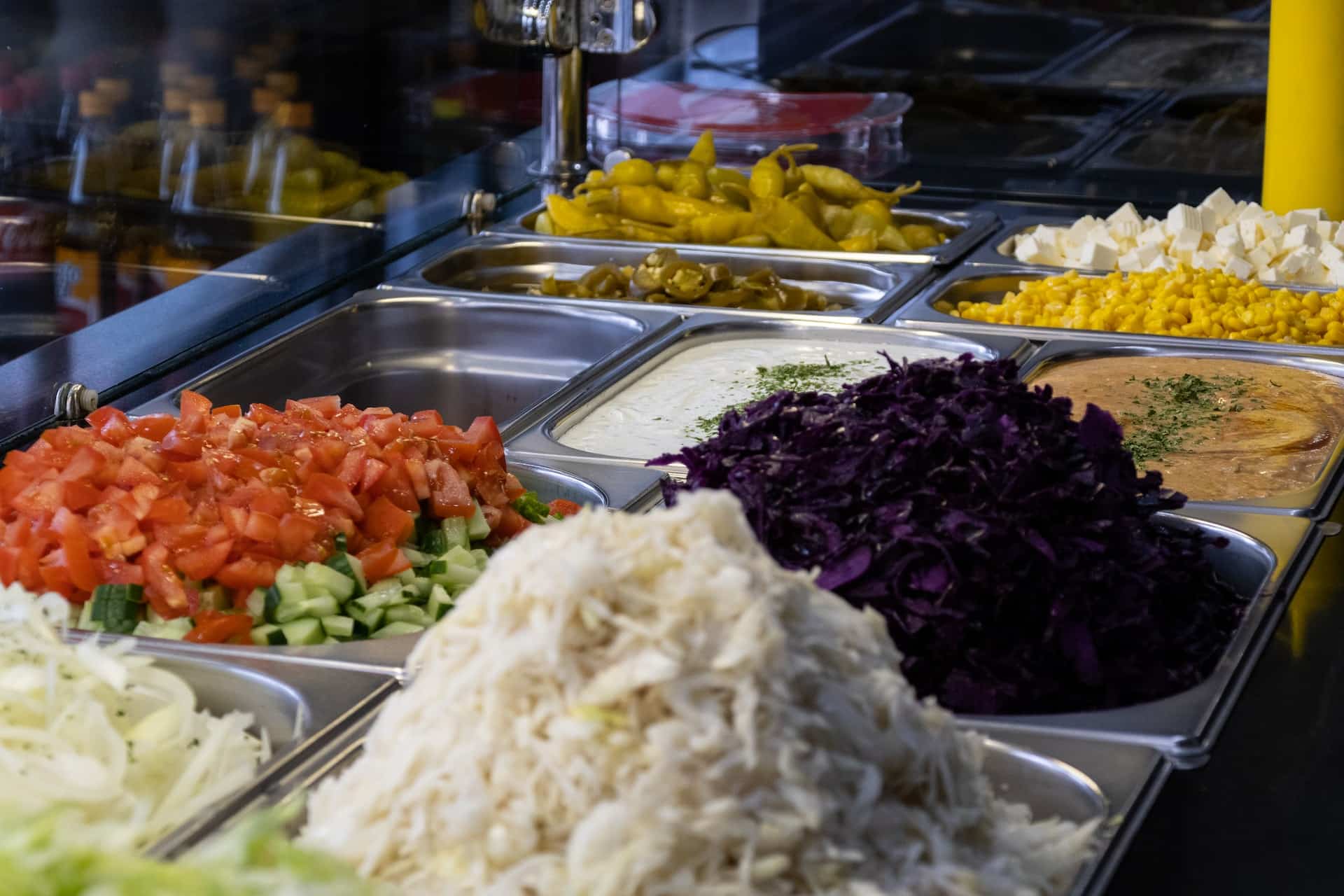
More than 1 billion people worldwide are involved in agricultural activities, and the agricultural industry is worth $2.4 trillion. The agricultural industry highly depends upon the food industry since that's what creates the demand for the agricultural industry.
After farmers are done producing food by using agricultural means, the role of manufacturers comes into play. The produced food, which is in raw form, arrives at big factories and manufacturing plants. That's where the food is processed, and different products are made by combining various raw inputs.
Besides that, other processes, such as packaging, also take place at the manufacturing units, and the finished goods are ready to be sent to the retailers. Retailers of food are of various types. Big cash and carry stores, such as Walmart, Publix, and Sainsbury's, are the most common types that come to our minds.
Other than that, restaurants and cafes are also significant food retailers. This is because they offer different cuisines and dishes to consumers. For example, fast food outlets have a different type of menu than fine dining restaurants. That's how food outlets are a significant player in the food industry.
The final category of the food industry is the consumers. This is the most significant category since consumers are responsible for creating the demand for food in the first place. Consumers consume food from retailers as well as directly from producers.
The primary stakeholders of the food industry are the consumers since they are the ones who have made the food industry so big. Every human relies on the food industry to consume food. In contrast, billions of people rely on the food industry in terms of finances.
So far, we have discussed the food industry in detail, and we also have conducted a PEST analysis on the industry itself. Let's proceed further and carry out the food industry SWOT analysis. However, before we proceed further, you need to know what SWOT analysis is.
A SWOT template identifies the strengths, opportunities, weaknesses, and threats faced by an organization or an industry. SWOT analysis aims to analyze what internal and external factors affect an organization or an industry.
Business analysts use SWOT analysis to highlight the internal and external factors affecting businesses so that they can form policies and strategies for the future accordingly.
Now that you know both about the food industry and SWOT analysis let's proceed and conduct the food industry SWOT analysis.
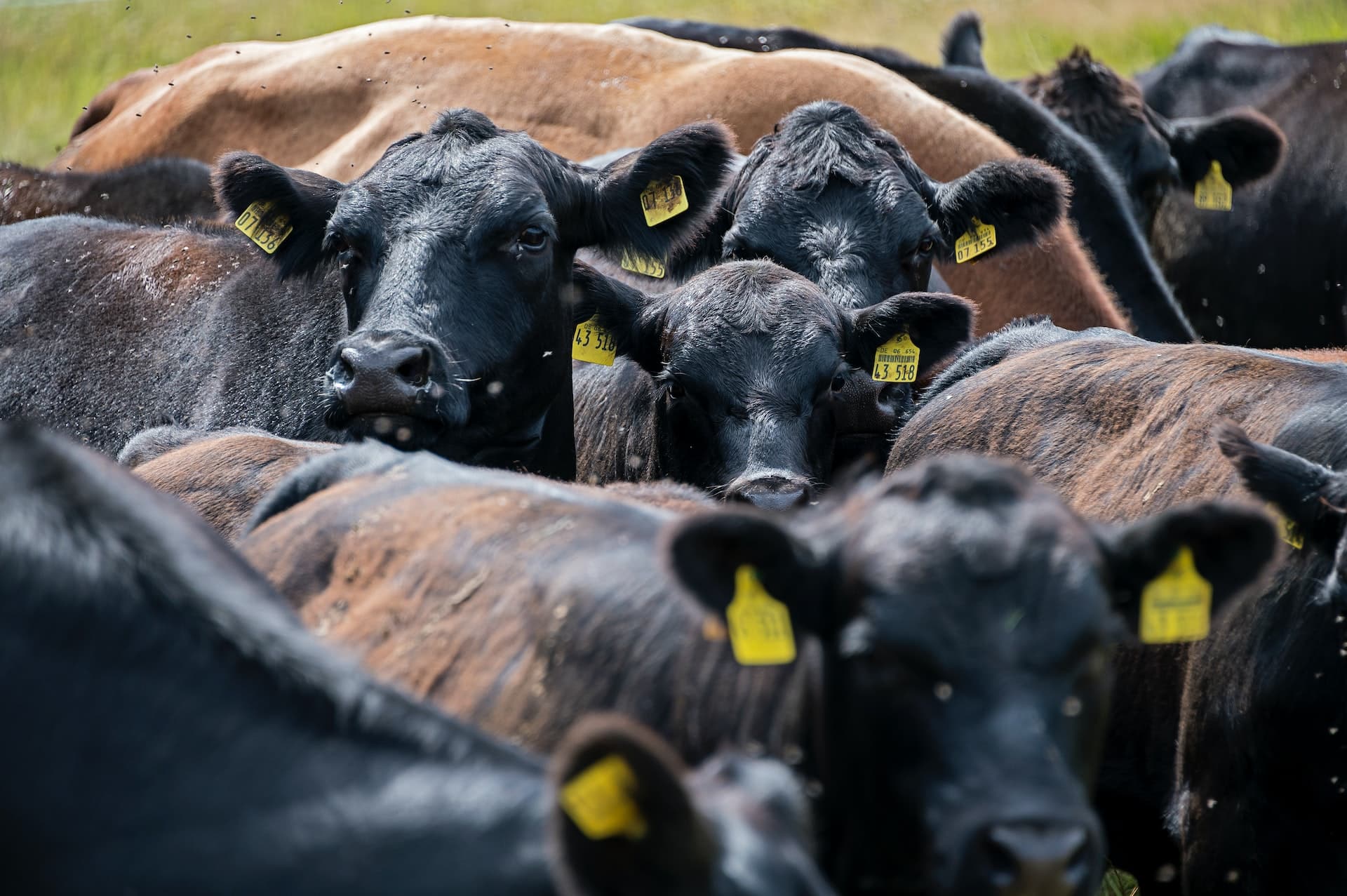
Food Industry's Strengths
Strengths account for factors that provide you an advantage over others. Businesses strive hard to attain strengths since they provide a competitive advantage to them. In this section, we will discuss what strengths the food industry possesses.
High Number of Consumers
Every industry and the businesses within that industry needs a high number of consumers to make profits. The food industry is the industry that has the highest number of consumers.
The entire population of the world is 7.8 billion, and not even a single individual can live without consuming food. Therefore, the necessity of food attached to humans greatly benefits the food industry. Moreover, no alternative for food has yet arrived, which is why the demand for food is increasing with the population every day.
Global Reach
Any industry wants it to be operational across the globe so that the maximum number of people can be a part of the industry. Since people all over the world consume food, this is what increases the reach of the food industry.
Moreover, all the remaining segments other than consumers that join to make the food industry, such as producers, manufacturers, and retailers, are present worldwide. Hence, this is what makes the food industry globally active.
Caters to The Demand of Different Segments
We discussed previously that the food industry is spread all across the globe. This means people of different ethnicities, tastes, and cultures consume food. So, for example, the food demand in the US would be entirely different from what people consume in middle eastern countries.
Unlike many other industries, the food industry caters to consumers from all over the world. This is only possible because food producers, retailers, and manufacturers are present in all parts of the world.
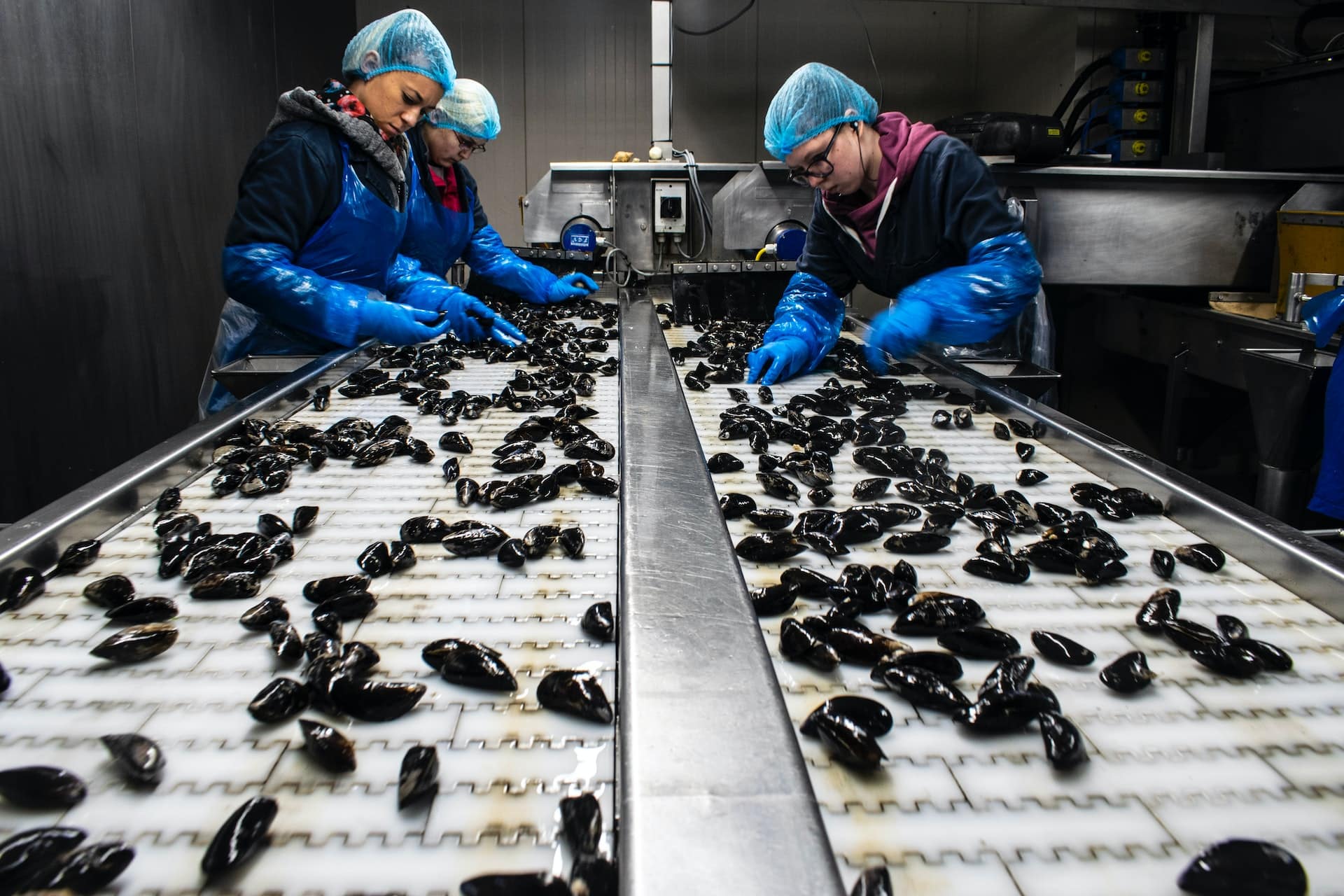
Food Industry's Weaknesses
Weaknesses are the shortcomings that keep us away from achieving our true potential. Organizations try to overcome their weaknesses to maximize profits. This section of the SWOT analysis will help us identify the weaknesses of the food industry.
Inefficient In Managing Food Wastage
A lot of attention is given to food waste management recently as the food-producing capacity of the earth is depleting with time due to various reasons. Meanwhile, the food industry wastes a lot of food at different levels.
According to the UN's report, 13.3% of food is wasted after harvesting before it reaches the retailers, while 17% of the total food is wasted at the consumer level. Therefore, the inefficiencies of the food industry, which lead to the wastage of food at such a high level, act as a weakness of the food industry.
Less Innovation
Consumers' tastes and preferences are ever-changing. To meet the changing preferences of consumers, industries need to innovate. Industries such as clothing and automobiles spend heavily on R&D to meet the ever-changing demand of consumers and decrease their manufacturing costs. However, the food industry is a bit different.
The food industry spends less on R&D and doesn't innovate much. Due to this, the production and manufacturing techniques and processes have remained the same more or less over the years.
Requires A Smooth Supply Chain
Different industries have different inventory and supply chain requirements. Since the food industry deals with food that is perishable to some extent. Businesses operating in the food industry must keep their inventory low and ensure no disruptions in their supply chain.
Such high reliance on a smooth supply chain creates problems for businesses. Any sort of disruption caused in the supply chain can result in shortages, leading to losses for businesses operating in the food industry.
Food Industry's Opportunities
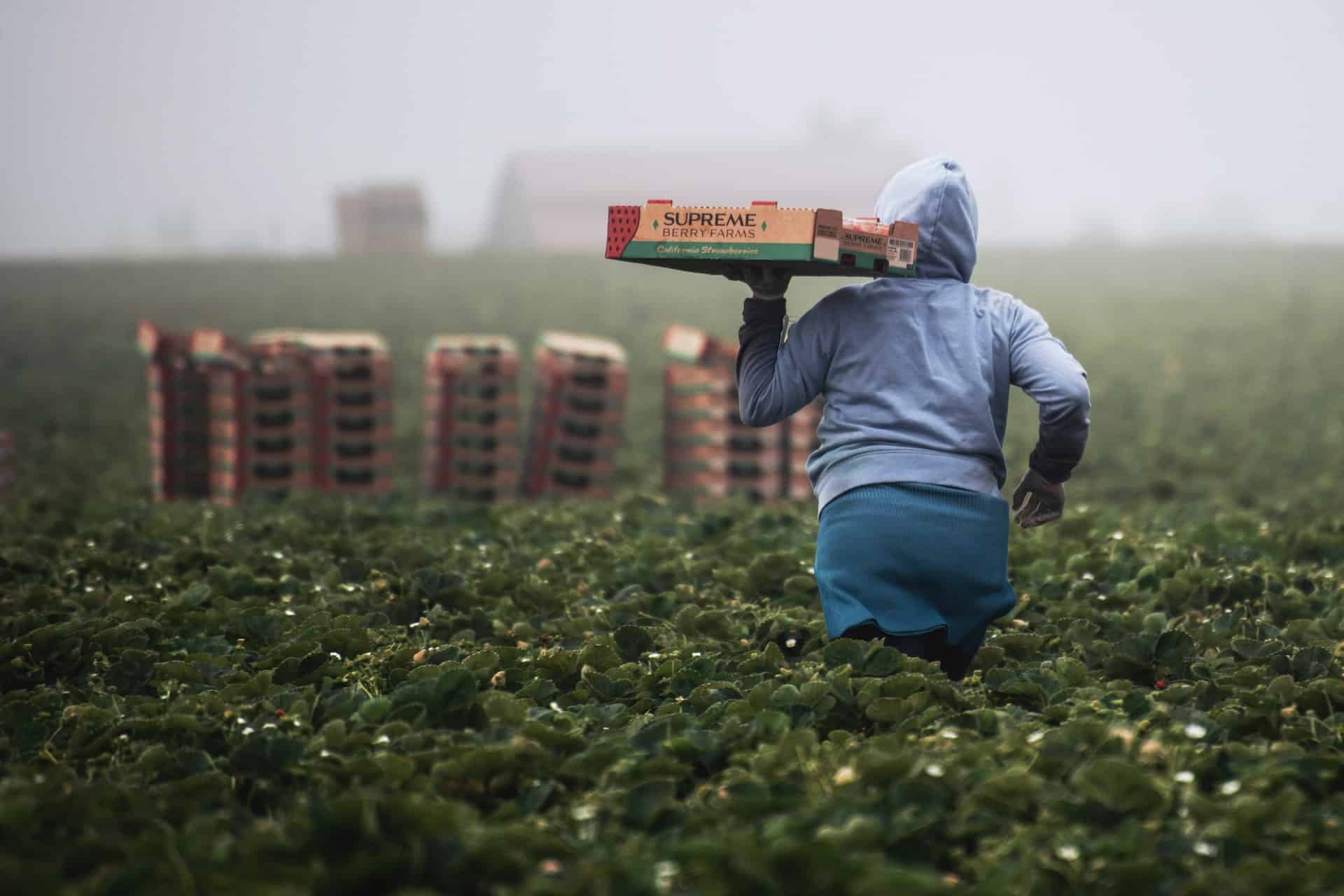
The opportunities section in the SWOT analysis highlights the chances that lie ahead of any organization to achieve growth. This section of the SWOT analysis will look at the opportunities present for the food industry.
Prevent Wastage of Food
A lot of food is wasted after the harvesting stage due to a lack of technology. For example, after harvesting, a significant portion of the perishable food is wasted because, in many countries, there is not enough technology to preserve the perishable food.
The wastage of food after harvesting can be mitigated by introducing technology in the food industry. In addition, R&D should be done to make the process of preservation of perishable items more common.
Growing Tourism
Tourism is directly linked with the food industry since an increase in tourism results in the growth of the food industry. This relationship between the two can be justified. As tourism increases, more restaurants and hotels are established. In this way, the food industry grows along with tourism.
Since the world has become a global village, tourism has increased over the years. Tourism is further expected to grow at a rate of 4% in the coming years. This provides an opportunity for the food industry to capitalize on this opportunity and grow more.
E-Commerce
The recent rise of the eCommerce industry has helped many industries increase their sales and revenue. The food industry is one of the industries that has benefited the most from the boom of the eCommerce industry.
During the COVID-19, lockdowns made consumers order through online stores and eCommerce platforms. The growing awareness and usage of eCommerce can help the food industry increase its sales.
Food Industry's Threats

The last section of the SWOT analysis analyses the threats faced by organizations. Threats are the worries induced in the organization by the external environment. This section will look at the threats faced by the food industry.
Falling Growth Rate of Population
Many people may think that the population is rising each year, which means the population growth rate is increasing too. However, that's not true. The growth rate of the population has decreased over the years significantly. Currently, the population growth is at 0.84%, the lowest growth rate ever.
The fall in the growth rate of the population will cause the growth rate of demand for food to fall. This means, now businesses in the food industry will make low profits in the coming years.
Global Recession
Recessions are always painful for businesses and industries since they lower the buying power of the consumers and the sales decrease. After COVID-19 and the conflict between Russia and Ukraine, economists anticipate a global recession.
In case of a global recession, the food industry will suffer. The recession will cause unemployment, due to which the buying power of people will fall. This will change the consumption patterns of the people. As a result, the sales of businesses in the food industry will fall.
Russia-Ukraine Conflict
The conflict between Russia and Ukraine has been damaging to businesses and industries. Since the war between the two countries started, many businesses have suspended their operations in Russia. Similarly, many big names from the food industry, such as Nestle and McDonald's.
Since Russia is a huge market, the decision to suspend business is causing losses to many industries, including the food industry. As long as the conflict continues between the two countries, the food industry will continue to suffer.
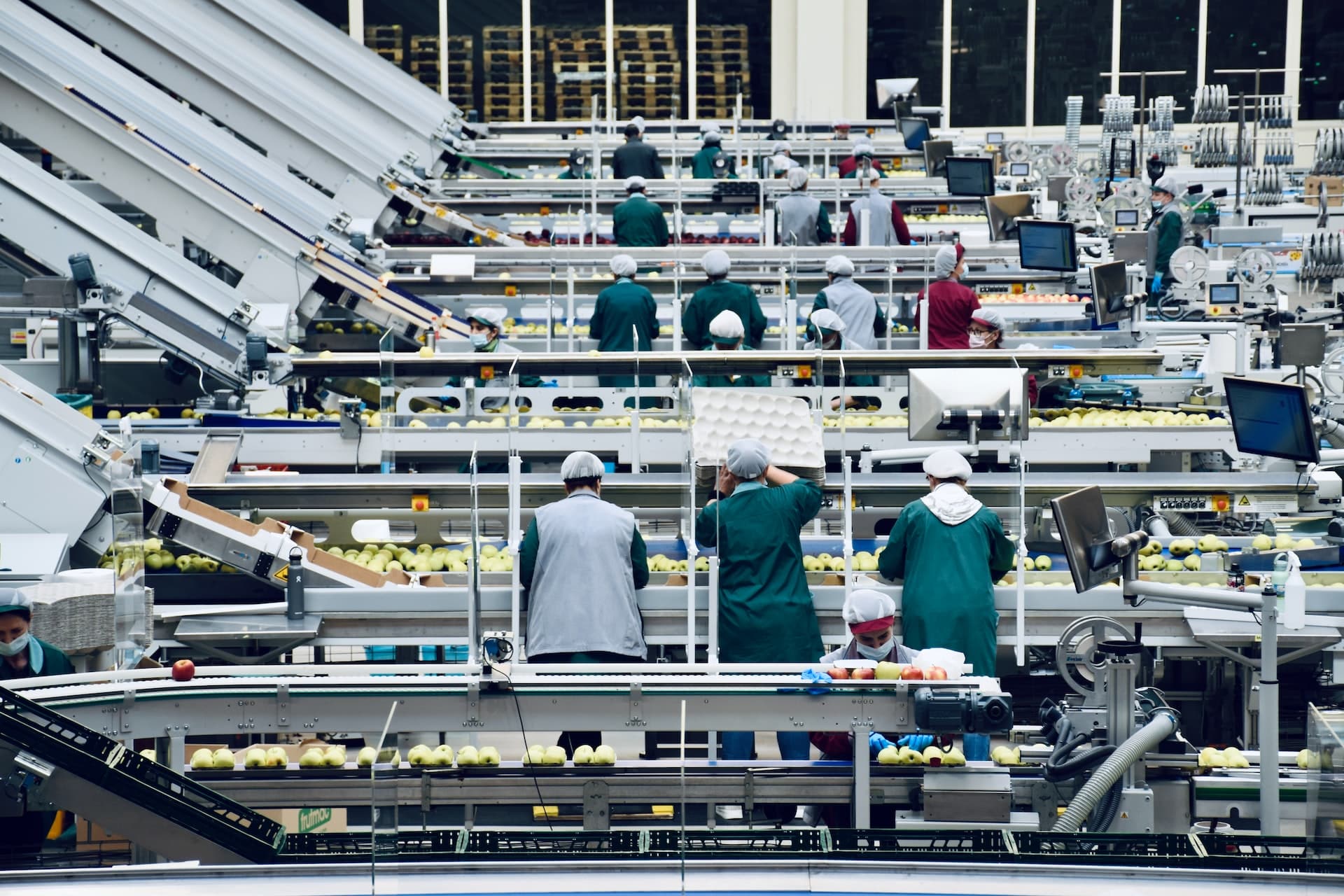
Final Thoughts on the Food Industry's SWOT Analysis
The food industry is one of the most significant industries. It holds great significance since everyone on this planet is directly or indirectly involved with the food industry.
This article discussed the four major categories into which the food industry is divided. It also discussed how the food industry is the only industry that engages the entire 7.8 billion population of the world.
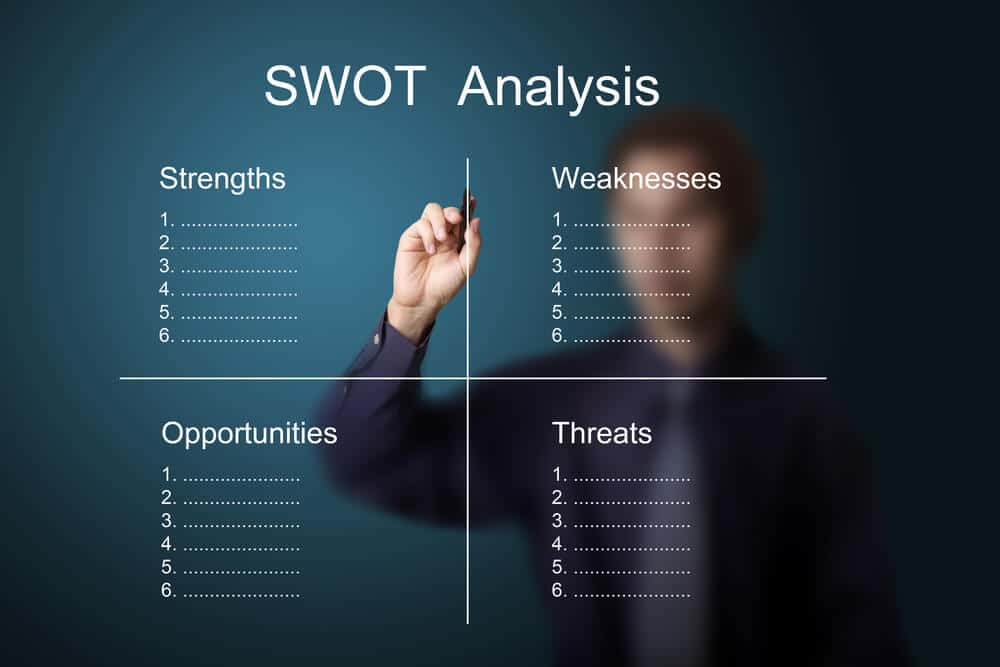
After that, we discussed that SWOT analysis is a business tool that highlights the organization's strengths, weaknesses, opportunities, and threats. Then we carried out a SWOT analysis of the food industry to make you aware of how to conduct a SWOT analysis.
The SWOT Matrix identified the internal and external factors that impact the food industry. If you are still curious and want to know more about SWOT analysis, here are some more SWOT analysis examples that will help you understand this business technique.


